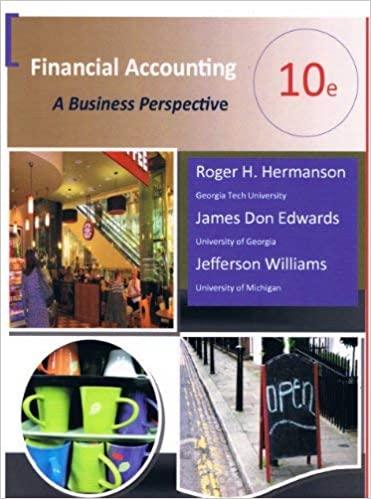Each year, Worrix Corporation manufactures and sells 3.000 premium quality multimedia projectors at $12,000 per unit. At the current production level, the firm's manufacturing costs include variable costs of $2.500 per unit and annual fixed costs of $6,000,000. Seling. administrative, and other expenses (not including 15% sales commissions) are $10,000,000 per year. The new model, introduced a year ago, has experienced a flickering problem. On average, the firm reworks 40% of the completed units and still has to repair under warranty 15% of the units shipped. The additional work required for rework and repair caused the fiem to add additional capacity with annual fixed costs of $1,800,000. The variable costs per unit are $2,000 for rework and $2,500, including transportation cost, for repail. The chief engineer, Patti Mehandra, has proposed a modified manufacturing process that will almost entirely eliminate the flickering problem. The new process will require $12,000,000 for new equipment (including installation cost) and $3,000,000 for training. The firm currently inspects all units before shipment. Patti believes that current appraisal costs of $600,000 per year and $50 per unit can be eliminated within 1 year after the installation of the new process. Furthermore, if the new investment is made, warranty repair cost per unit are estimated to be only $1,000, for no more than 5% of the units shipped, Worrix believes that none of the fixed costs of rework or repair can be saved and that a new model will be introduced in 3 years. This new technology would most likely render obsolete the equipment the company purchased a year ago The accountant estimates that warranty repairs now cause the firm to lose 20% of its potential business, Required: 1. What is the total required initial investment cost (cash outlay) associated with the new manufacturing process? 2. What is the total expected change (l.e. Increase or decrease) in cost of quality over the next 3 years from using the new manufacturing process being proposed? 3. Based solely on financial considerations, should Worrix invest in the new process? Specifically: (a) What is the cumulative (ie. 3- year) estimated change in pretax cash flow assuming the new system is implemented? (b) What is the estimated payback period for the proposed investment? (c) What is the estimated pretax Internal rate of return (IRR) for the proposed investment? (Use the built-in IRR function in Excel to answer this question.) (Round your "IRR" answer to 2 decimal places.) The accountant estimates that warranty repairs now cause the form to lose 20% of its potential business. Required: 1. What is the total required Initial Investment cost (cash outlay) associated with the new manufacturing process? 2. What is the total expected change (.e., Increase or decrease) In cost of quality over the next 3 years from using the new manufacturing process being proposed? 3. Based solely on financial considerations, should Worrix invest in the new process? Specifically: (a) What is the cumulative (... 3 year) estimated change in pretax cash flow assuming the new system is implemented? (b) What is the estimated payback period for the proposed investment? (c) What is the estimated pretax internal rate of return (IRR) for the proposed investment? (Use the built-in IRR function in Excel to answer this question.) (Round your "IRR" answer to 2 decimal places.) S 1. Required initial investment Cost (cash outlay) 2 Expected change in cost of quality 3a. Expected change in pretax cash flow 3b. Estimated pay back period is less than 30. Estimated pretax internal rate of return (IRR) 15,000,000 Decrease Increase 2 years %








